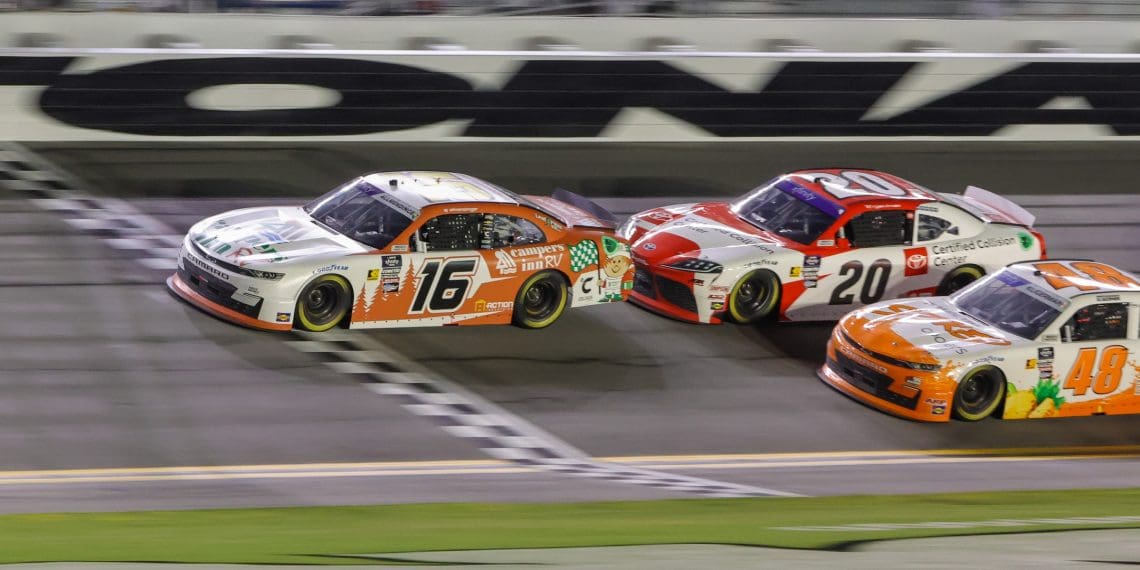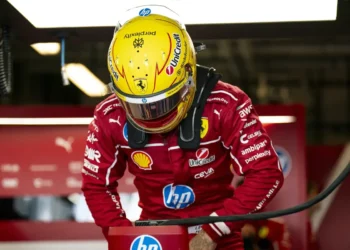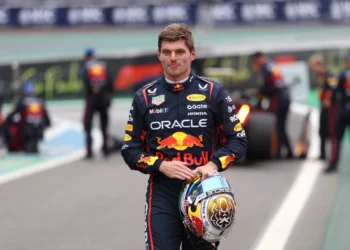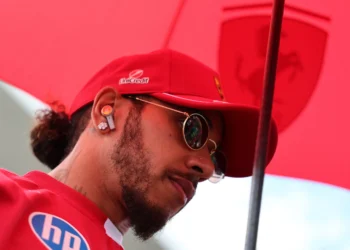In the high-octane world of NASCAR, roaring engines and nail-biting finishes dominate the track. But behind the scenes, a quieter yet equally powerful force drives the sport’s evolution: its television partners. With a massive new broadcasting deal worth $1.1 billion annually, TV networks have cemented their position as NASCAR’s most influential stakeholders, shaping everything from race scheduling to promotional strategies.
TV: NASCAR’s Lifeline
Television is NASCAR’s largest revenue generator, far outpacing other income sources like ticket sales and merchandise. A senior NASCAR journalist, speaking on the Teardown podcast, shed light on how deeply the sport relies on its broadcast partners to sustain and grow its operations.
“We live in a world where TV has essentially propped up the sport,” he stated. “They have a lot of say into what is happening.”
This dynamic means NASCAR often makes decisions not just for the fans but to ensure their TV partners remain satisfied and invested. Whether it’s tweaking race formats, adjusting schedules, or ramping up promotional campaigns, NASCAR tailors its strategies to align with the priorities of networks.
The Price of Partnership
The collaboration between NASCAR and its TV partners isn’t without compromises. The journalist pointed out that NASCAR is compelled to accommodate requests from broadcasters, even if some ideas might not sit well with the sport’s core ethos.
“They may have a bad idea…but you can’t say no all the time,” a podcast co-host added. “You have to be receptive to change and continue to evolve the sport.”
Examples of this influence include primetime race slots, shortened event durations, and even experimental formats aimed at increasing viewer engagement. While some fans and purists may lament these changes, they are driven by a shared goal: to maximize viewership and, by extension, sponsorship revenues.
What $1.1 Billion Buys
NASCAR’s recent broadcasting deal, valued at $1.1 billion annually, underscores the networks’ clout. With such a substantial financial stake, these media giants will undoubtedly wield significant influence over the sport’s direction in the years to come.
“They’re asking, ‘What’s going to make you promote it? What’s going to make you sign on for more?’” the journalist explained.
The networks’ role extends beyond airing races. They’re partners in shaping NASCAR’s identity, ensuring it remains relevant in an ever-evolving sports and entertainment landscape.
Balancing Tradition and Evolution
While NASCAR’s reliance on TV partners ensures financial stability, it also raises questions about balancing tradition with modern demands. Can the sport remain true to its roots while embracing innovations driven by network interests?
The answer lies in collaboration. NASCAR’s leadership must navigate this partnership carefully, ensuring the sport evolves without alienating its passionate fan base.
The Bottom Line
In today’s sports landscape, TV networks are more than just broadcasters; they are co-creators of the spectacle. For NASCAR, this means leveraging their input to amplify the sport’s reach while safeguarding its unique identity. With billions of dollars and millions of fans on the line, it’s a balancing act that will define NASCAR’s future for years to come.










